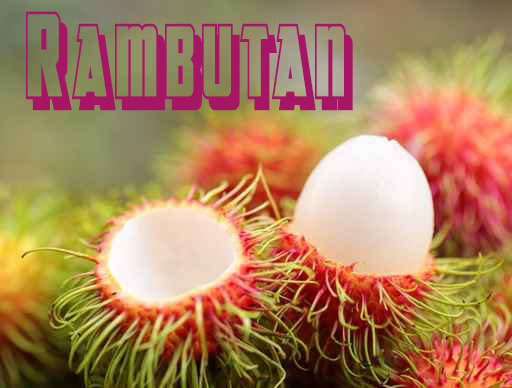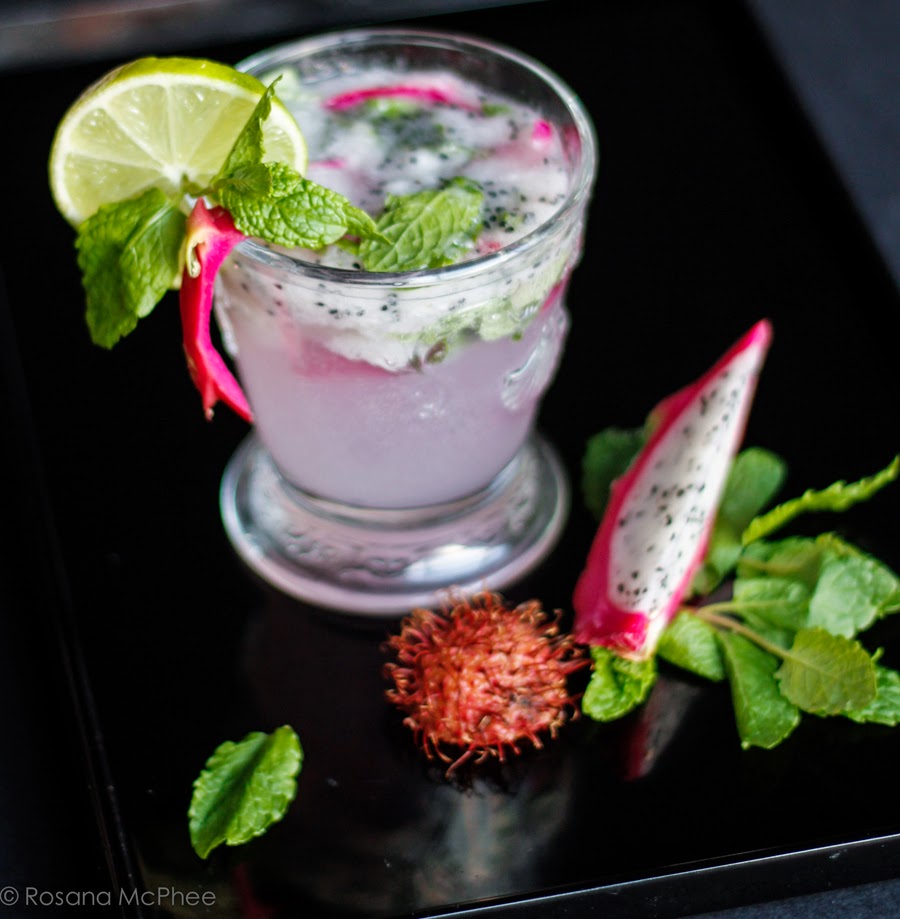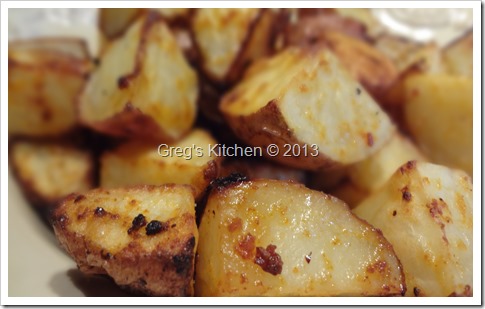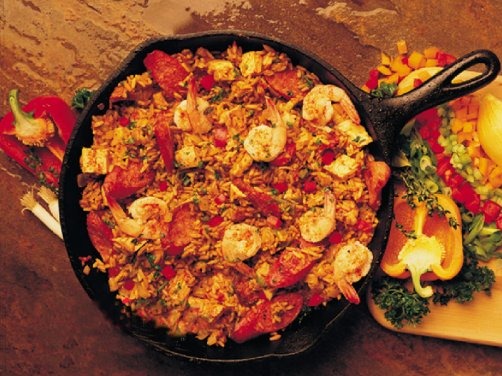So today I am going to share with you all another of the tropical fruits that I am seeing more and more of at all the farmers markets here in South Florida. This one is called a “Rambutan”. What first drew me to them was their beauty. Bright reddish ping orbs covered in lime green hairy looking spikes. Not that they are prickly. They are actually soft to the touch. Without these spikes, it would resemble the “Lychee” which is in the same botanical family. Most are about the size of a golf ball and they grow on trees. They are very popular in Asian dishes. To people of Malaysia, Thailand, the Phillippines, Vietnam, Borneo, and other countries of this region, the rambutan is a relatively common fruit the same way an apple is common to us in the U.S.A.
From a nutritional standpoint, rambutan is a good source of natural sugars, potassium, calcium and magnesium. It is a modest source of fiber, and contains several B vitamins. Rambutan is not the big antioxidant heavyweight that acai or pomegranate are. The consistency of the fruit is slippery and juicy. Eating them can be somewhat messy, because when they are fully ripe, the fruits can squirt a little when opened. Just as lovers of ripe peaches favor their juiciness, so do rambutan lovers. The flavor is another matter altogether. Moderately sweet, similar to lychee and somewhat floral, the fruits win over most new tasters on the spot.
They should be 2″ to 3″ long and oval but can be almost round in some varieties. Look for a bright red color in most cases but there are some rambutan varieties that ripen a bright yellow or yellow with an orange blush.
To open the rambutan simply bite into it gently (the spines are soft and will not hurt you) to pierce the skin. You can also use a knife to cut around it slightly to loosen the hull of the fruit. You can then peel back the husk to reveal the bright white fruit inside. Now either bite it out of the remainder of the hull to eat (careful there is a seed inside that you can simply spit out when eating like you would a grape seed) or remove it and slice out the inner seed and use in your recipes. If you are serving these on a fruit platter, it is nice to leave half the hull on for decoration and ease in picking up and eating.
As I said earlier, rambutan are popular in Asian dishes and I have found many curry dishes utilizing them including one with chicken and pineapple. (http://www.52kitchenadventures.com/2010/11/07/week-45-rambutan/ ). I have yet to cook with these beauties but love eating them fresh from the market. I do want to pair them with other fruits soon for a nice tropical salad.
They also make great tropical drinks of which I will be trying this one soon.
( Courtesy of Hot & Chilli Food : http://www.hotandchilli.com/2014/04/dragon-fruit-and-rambutan-mojito-recipe.html ).
They keep fresh in the refrigerator lightly covered for 3-5 days, or on the counter if you live in a humid environment.
So if you have the opportunity to find these beauties in your farmers market, or even chance to order them off the internet, let me know what you think and how you used them. I will be getting some this weekend at the farmers market and making the mojito I referenced above.
![]()
![]()













Be the first to comment